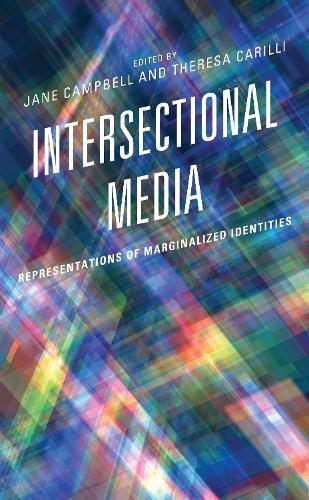Readings Newsletter
Become a Readings Member to make your shopping experience even easier.
Sign in or sign up for free!
You’re not far away from qualifying for FREE standard shipping within Australia
You’ve qualified for FREE standard shipping within Australia
The cart is loading…






Intersectional Media: Representations of Marginalized Identities analyzes media depictions of a variety of intersecting identities. Through a study examining how components of identity such as race, class, ethnicity, age, ability, class, and sexuality mesh and form a unique worldview, contributors to this collection frame their understanding of media intersectionality as complex and multi-layered studies of identity. Rather than focusing on any one component of marginalized identity, this book broadens the scope of inquiry and encourages audiences to recognize the complexity of media analysis when a combination of marginalized identities is depicted. Contributors demonstrate their understanding of how different components of identity combine and create new, original components of identity, paving the way for new studies of both media and identity. Scholars of media studies, identity studies, cultural studies, minority studies, gender studies, race studies, and sociology will find this book particularly useful.
$9.00 standard shipping within Australia
FREE standard shipping within Australia for orders over $100.00
Express & International shipping calculated at checkout
Stock availability can be subject to change without notice. We recommend calling the shop or contacting our online team to check availability of low stock items. Please see our Shopping Online page for more details.
Intersectional Media: Representations of Marginalized Identities analyzes media depictions of a variety of intersecting identities. Through a study examining how components of identity such as race, class, ethnicity, age, ability, class, and sexuality mesh and form a unique worldview, contributors to this collection frame their understanding of media intersectionality as complex and multi-layered studies of identity. Rather than focusing on any one component of marginalized identity, this book broadens the scope of inquiry and encourages audiences to recognize the complexity of media analysis when a combination of marginalized identities is depicted. Contributors demonstrate their understanding of how different components of identity combine and create new, original components of identity, paving the way for new studies of both media and identity. Scholars of media studies, identity studies, cultural studies, minority studies, gender studies, race studies, and sociology will find this book particularly useful.